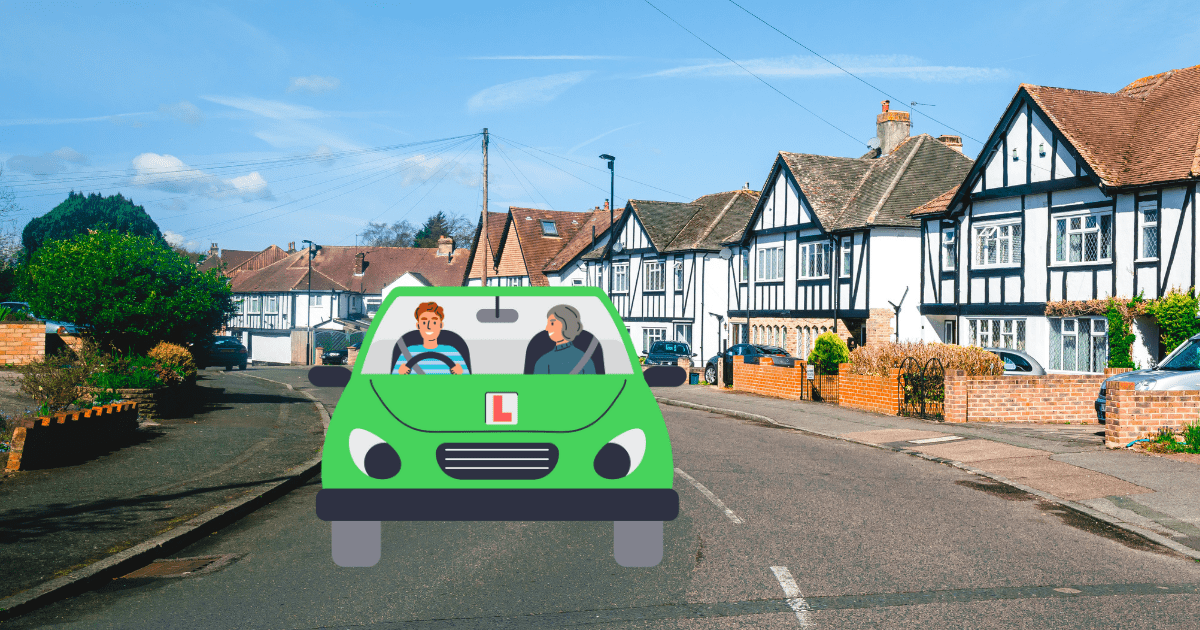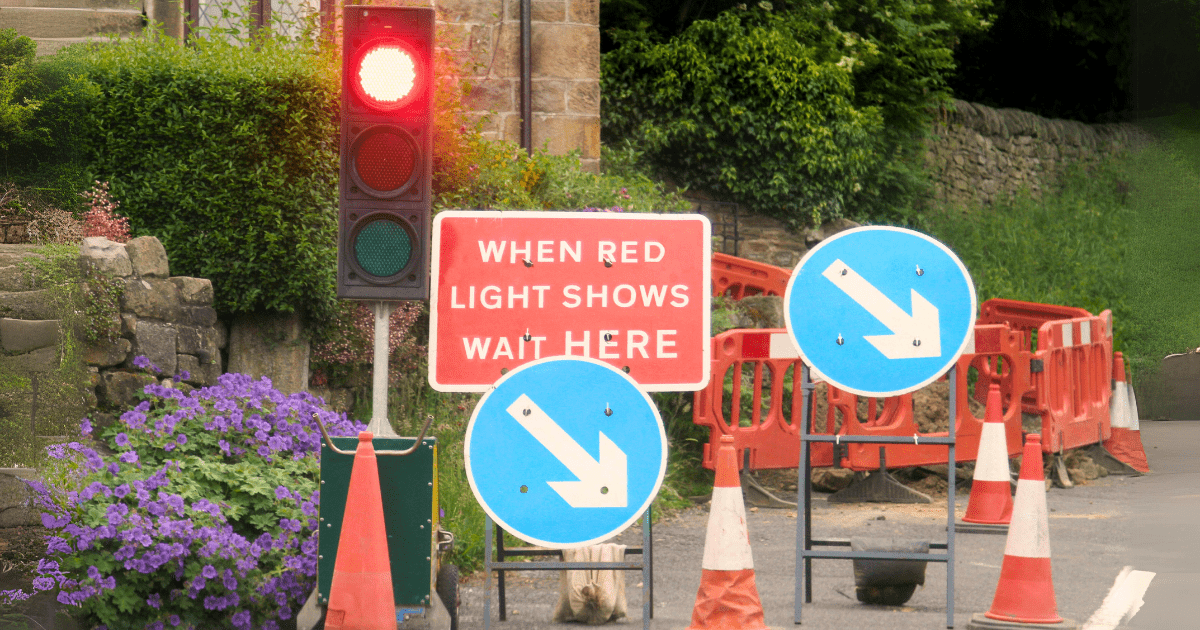
Which Time of Year Has the Highest Pass Rate for Driving Theory Tests?
Explore how age impacts driving skills, focusing on challenges faced by young and older drivers, and tips for staying safe on the road.
As a learner driver in the UK, you are embarking on a journey that involves acquiring numerous new skills and overcoming various challenges. The unpredictability of the roads means that you need to be able to react swiftly and confidently to a wide range of situations. Building road confidence is essential for handling these challenges effectively, ensuring not only your safety but also the safety of others.
For many new drivers, the idea of being on the road alone can feel overwhelming. Thoughts of making mistakes, dealing with impatient drivers, or facing unexpected situations can all contribute to a lack of confidence. However, learning how to be a confident driver is a skill that can be developed over time. By focusing on improving your driving knowledge, practising consistently, and adopting a positive mindset, you can transform nervousness into self-assurance.
Driving with confidence is not something that happens overnight; it is developed through practise, experience, and continuous learning. The feeling of unease or anxiety while driving is common among new drivers, but it can be managed and reduced with the right approach and mindset. This guide aims to provide you with practical tips and strategies to help you build your driving confidence, so you can navigate the roads with assurance and ease.
Overcoming driving anxiety and fears is a process that requires effort and dedication. Confidence building for new drivers is crucial, as it lays the foundation for a lifetime of safe and enjoyable driving. In this guide, we will cover various driving confidence building tips to help you face any challenges you may encounter on the road. Whether it’s navigating through roadworks, dealing with intimidating drivers, or simply driving in adverse weather conditions, these tips will prepare you for any situation.
Understanding your own fears and weaknesses is the first step in building confidence. By acknowledging these areas, you can take proactive measures to address them. Practice is another vital component – the more time you spend behind the wheel, the more familiar you will become with different driving scenarios. Additionally, a thorough knowledge of the rules of the road will provide a solid foundation for confident decision-making.
Planning your routes and being prepared for change are also important strategies. Knowing what to expect on your journey can help reduce anxiety and allow you to handle unexpected situations with greater ease. Lastly, maintaining the right mindset is crucial. Driving requires focus, patience, and a calm demeanour. By ensuring you are mentally and physically prepared for driving, you can avoid mistakes and improve your overall driving experience.

Driving confidence is about more than just feeling comfortable behind the wheel as it plays a crucial role in ensuring road safety and making driving a more enjoyable experience. A lack of confidence can lead to hesitation, poor decision-making, and difficulty handling unexpected situations. Here’s why being a confident driver matters:
By focusing on building confidence, you’ll not only become a safer driver but also enjoy the freedom that comes with driving without fear.
Your mindset has a significant impact on your driving confidence. Approaching each driving experience with a positive attitude and a willingness to improve can make a big difference. Here are some ways to create a confident driving mindset:
Defensive driving is a key component of becoming a more confident driver. By anticipating potential hazards and staying alert, you can feel more in control of your driving experience. Some important defensive driving techniques include:
Mastering these techniques will not only make you a safer driver but also increase your confidence in handling different situations on the road.
Identifying your driving weaknesses and fears is the first step towards improving your confidence. This could be specific manoeuvres or driving in adverse weather conditions. By recognising these areas, you can better prepare for them when they arise. Reflect on past driving experiences where you felt uncomfortable and note them for future reference.
To be a confident driver, you must navigate challenges effectively. By exposing yourself to situations that make you uncomfortable, you can learn to respond appropriately, thereby increasing your road confidence. The more you confront these scenarios, the more your confidence will grow.
One of the primary ways to build confidence is through practice. The more time you spend on the road, the more familiar you become with different driving situations. Practise driving at various times of the day, in different weather conditions, and on various road types to build your confidence.
Learner Driver Insurance can provide the opportunity to practise in a variety of conditions, helping to enhance your skills and confidence. Additionally, after passing your test, driving with a more experienced driver can further improve your confidence and expose you to more complex driving scenarios.
A solid understanding of road rules is essential for confidence behind the wheel. This knowledge is critical for passing both your theory and practical driving tests. Knowing that you are following the rules can reduce stress, especially if other drivers are impatient or aggressive.
To be a confident driver, you should be certain of your decisions and not second-guess yourself. For example, adhering to a 20mph speed limit despite an impatient driver behind you can give you peace of mind, knowing you are doing the right thing.
Before setting out on any journey, plan your route. Checking for any issues or road conditions in advance can help you avoid stressful situations and ensure a smoother journey. Knowing what to expect on the road allows you to prepare for potential obstacles, making it easier to handle unforeseen changes. This proactive approach contributes significantly to building driving confidence.
| Are there any roadworks? |
| Is there busy traffic? |
| Are there any road closures or diversions? |
| Are there schools in the area that may cause extra traffic when you are planning on driving? |
| Are there any events happening in the area? |
If you know what to expect when you are out on the road you can better plan your journey. You can be more prepared for what challenges you could face on the road and avoid potentially overwhelming situations
Despite thorough planning, unexpected situations can still arise on the road. Being adaptable and ready to handle these changes without panicking is a key aspect of being a confident driver. Use your hazard perception skills to anticipate and respond to issues proactively.
Confidence in driving also involves reacting safely and calmly to new challenges. By staying alert and adaptable, you can navigate any situation confidently.

Driving requires concentration and patience. Being in the right mindset is crucial for safe driving. If you are tired, stressed, or unwell, it may not be the best time to drive. Ensuring you are mentally prepared can help prevent mistakes and improve your overall driving experience.
If you feel anxious, consider techniques like breathing exercises or meditation to calm your mind before driving. Reducing distractions, such as turning off music or silencing your phone, can also help maintain focus.
Get a learner driver insurance quote today!
Working towards becoming a confident driver is an ongoing process, especially for learner drivers. By identifying your fears, practising regularly, understanding road rules, planning your routes, being adaptable, and maintaining the right mindset, you can steadily build your driving confidence. As you gain more experience, your confidence will naturally grow.
Remember that driving confidence is built over time. The more experience you gain, the more comfortable you will become behind the wheel. If you find yourself feeling nervous, revisit the strategies outlined in this guide and continue challenging yourself in a safe, controlled way. Eventually, driving will feel second nature, and you should be able to handle a variety of situations with more confidence.
If you need more practice, consider Collingwood Learner Driver Insurance to help you gain the experience needed to become a more confident driver. Get a quote today!
You can practise driving in different conditions by gradually exposing yourself to various scenarios. Start with familiar routes and gradually introduce new challenges, such as driving in different weather conditions or during rush hour.
If you feel overwhelmed, find a safe place to pull over and take a few moments to calm down. Practise deep breathing exercises and resume driving when you feel more composed.
Improve your hazard perception skills by regularly practising with hazard perception tests available online. Also, stay vigilant and scan the road ahead while driving to anticipate potential hazards.
Yes, taking additional lessons, such as advanced driving courses, can further enhance your skills and confidence, especially in challenging driving situations.
Stay calm and avoid engaging with aggressive drivers. Maintain a safe distance and adhere to road rules. If necessary, let them pass to ensure your safety.
Start with short, familiar journeys to build your confidence. Gradually increase your driving distance and challenge yourself with different routes.
Confidence varies from person to person, but with regular practice, most new drivers start feeling more comfortable within a few months of passing their test if they are driving regularly.
Take small steps to rebuild your confidence. Start by sitting in the car and getting comfortable again, then progress to short, quiet drives before gradually reintroducing more complex situations. If needed, consider refresher driving lessons to regain your confidence.
You will be logged out in seconds. Do you want to stay signed in?